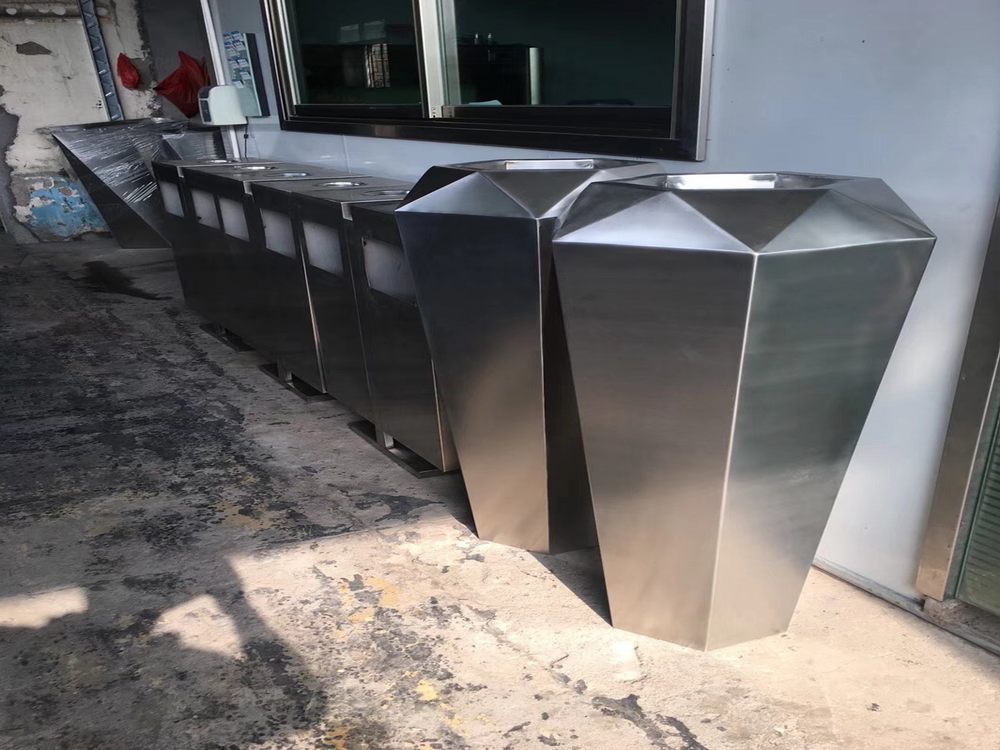
Stone sculpture has been a revered art form for centuries, with compositions broadly categorized as static or dynamic. Understanding the differences between these two styles is essential for artists and enthusiasts alike.
Static Stone Sculpture Compositions
Static sculptures emphasize stability, balance, and permanence. These works often feature symmetrical designs, rigid postures, and minimal implied movement. Common in classical and religious art, static sculptures project a sense of calm and timelessness. Techniques like precise carving and polished finishes enhance their solid, unchanging appearance.
Dynamic Stone Sculpture Compositions
Dynamic sculptures capture motion, energy, and fluidity. Artists use asymmetrical designs, exaggerated curves, and strategic weight distribution to create the illusion of movement. This style often appears in modern and abstract art, where the interplay of light and shadow amplifies the sense of action. Techniques such as rough textures and fragmented forms further emphasize dynamism.
Key Differences
1. Visual Impact: Static sculptures evoke serenity, while dynamic ones convey vitality.
2. Technique: Static works rely on symmetry and smooth surfaces; dynamic pieces embrace irregularity and texture.
3. Purpose: Static compositions often symbolize permanence, whereas dynamic ones express change or narrative.
Whether choosing static or dynamic compositions, stone sculptors must consider the material’s limitations and the intended emotional resonance. Both styles offer unique ways to transform stone into profound artistic statements.

